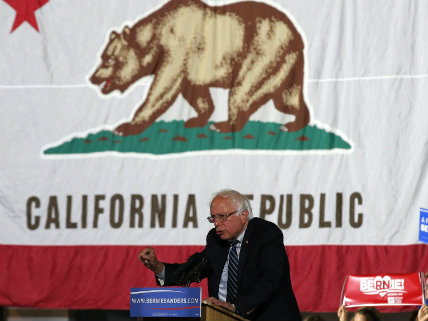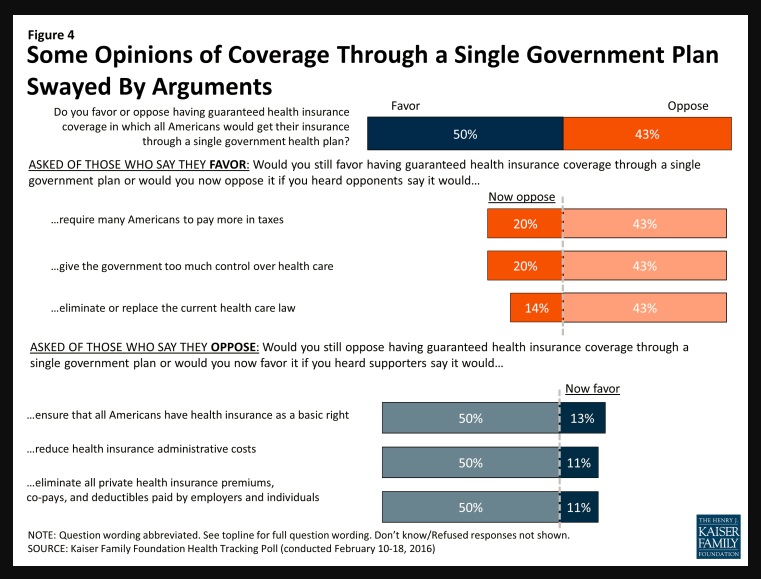To push patients to be healthier, some doctors write exercise prescriptions

Studies show that people who spend time outdoors see improvement in mood, energy, stress and general well-being, as well as some aspects of physical health. (Ammentorp Photography / Alamy Stock Photo/Alamy)
By Ranit Mishori March 10
About a decade ago, a colleague told me about a cool new initiative, something called “Exercise Is Medicine.” The idea made total sense to me: Rather than just tell my patients about exercising, I would hand them an actual prescription for exercise, just like the ones I give patients for high blood pressure or diabetes. The thinking behind it was that an official “doctor’s order” for exercise, in the form of a prescription-pad-style piece of paper, would be taken more seriously by patients than a mere suggestion.
I quickly started giving out these prescriptions, going so far as to find some official-looking templates online and printing them out. I wrote out “dosages” based on each patient’s age and medical condition, and relying on evidence-based recommendations.
For example, for a person with diabetes, I might write a prescription that says:
Health and Science Email Alerts
Breaking news on health, science and the environment.
Sign up
●Frequency: At least 3-4 days a week.
●Intensity: Exercise at a moderate level.
●Time: Exercise 30-60 minutes per day (all at once, or break it up into a few sessions of at least 10 minutes each).
●Type: Aerobic or rhythmic exercises using the large muscle groups (walking, cycling, swimming). Weights 2x week.
We physicians often don’t have time during a typical office visit of 15 or 20 minutes to discuss lifestyle-related recommendations for improving health. Many of us tell patients, “You need to lose weight” or “stop smoking” or “exercise more” — but in practice we tend to skimp on the details. The exercise-prescription idea was supposed to help eliminate this vagueness by giving patients more-specific information to act on.
Many doctors have now expanded the prescription approach for exercise to a whole range of behaviors and activities associated with a healthy lifestyle. The assumption is that if the prescription pad can get more people exercising, then maybe it could also get patients doing other activities — dance lessons or an art class or a stroll in the park — that have been found to improve physical and mental health. In fact, over the past couple of years, such prescribing efforts have really taken off:
● Physicians in Vermont, for example, have been giving out prescriptions for hiking and, in general, spending time in nature. That idea’s getting picked up elsewhere, including South Dakota, Maine, California and New Mexico, and is supported by multiple studies showing that people who spend time outdoors see improvement in mood, energy, stress and general well-being, as well as some aspects of physical health.
●The American Academy of Pediatrics has promoted the ParkRx Initiative, which was started in 2013 by the Institute at the Golden Gate and the National Recreation and Park Association with support from the National Park Service. The initiative is intended to help doctors prescribe “nature during the routine delivery of health care” by, among other things, showing them parks close to where their patients live.
●Prescription programs for healthy eating have popped up in more than a dozen states, championed by hospitals and physicians’ offices, as a means of battling diabetes, obesity and other conditions associated with nutrition. For example, a Chicago program called Food Rx pairs “doctor’s orders” with food coupons and information about community resources.
●In Hawaii, state lawmakers last year considered a bill to classify homelessness as a medical condition — multiple studies have documented the link between homelessness, poorer health and a lower life expectancy — and allow doctors to write a prescription for six months of subsidized housing. (The bill did not pass.)
Such interventions are known as “social prescribing,” in which health-care professionals are asked to identify and recommend interventions outside the exam room or hospital that might help patients adopt healthier lifestyles.
These efforts highlight what are called the social determinants of health and the recognition that social factors — including where you live, what you eat, how active you are, your access to health care, your income level, etc. — can be more important to your health than medical factors such as genetics.
Addressing these social determinants, studies have shown, may, in fact, be more effective in managing chronic conditions and prolonging life than medications and other clinical interventions.
The social prescribing trend focuses not only on food, exercise and housing, but also on “softer” activities such as making art, singing, participation in social gatherings — and their presumptive benefits on well-being and social connectedness. That’s because loneliness is also increasingly being thought of as a social determinant of health that is linked to physical- and mental-health conditions and even early death.
In Britain, social prescribing is sanctioned by the National Health Service and is being embraced by primary-care physicians who send their patients to community-based organizations and activities in response to an increase in lifestyle-associated conditions (including diabetes, obesity, heart disease) and social isolation.
Isolation is rising in Europe. Can loneliness ministers help change that?
Research has shown that such interventions are helpful, some more than others. There is irrefutable data showing that exercise is good for you, regardless of your age, gender, physical abilities or medical conditions. And there is beginning to be more-robust evidence for benefits from spending time in nature, dancing, singing, engaging socially and keeping your brain active.
And yet, as I consider the science, I ask myself: Does the act of actually prescribing these activities make a difference in patients’ lives? Are they more likely to act on these recommendations when packaged as an official-looking Rx?
The evidence on that is less clear. The literature on writing prescriptions for exercise shows that it may help more doctors discuss and recommend exercise (which is, of course, a good thing). But evidence that it is improving patients’ health is not really there.
A recent study concluded, “Whether social prescribing can contribute to the health of a nation for social and psychological well-being is still to be determined,” while an article in the journal Public Health noted, “Further research is required to optimize social prescribing benefits.”
The practice of social prescribing faces another kind of challenge, which I see firsthand. As a family physician who works with both affluent and poor patients, I realize that my use of this approach has exposed deep inequities in their access to resources. On the one hand, I get professional satisfaction from recommending hikes in Rock Creek Park, running along the Mall or singing in a chorus (partly because of the evidence and partly because those are activities I do myself). But can I really ask a patient who works two jobs and cares for her children to find 30 minutes a day to squeeze in a walk in a park? Or a patient who lives in an unsafe neighborhood to take a daily jog around the block? Or one who has no car to take two buses to get to an art class on the other side of town?
As for how successful my social prescribing has been, so far it’s too small a sample size to have statistical meaning. But from a purely anecdotal standpoint, I will admit to mixed results so far. Some patients have reported back that they had taken my recommendations to heart and begun to change their lifestyles. Others shoved my prescription in their bag and probably never looked at it again. I’m waiting for a big study or two to show me whether this trend can make a difference.
Many trends begin as great, well-intentioned ideas. Before we start proselytizing, we need to make sure that the resources are there, that the evidence of benefits is there and that we, as physicians, are well trained in how to push a change without causing any harm.
Correction:An earlier version of this story misidentified the organizations that launched the ParkRx Initiative.


